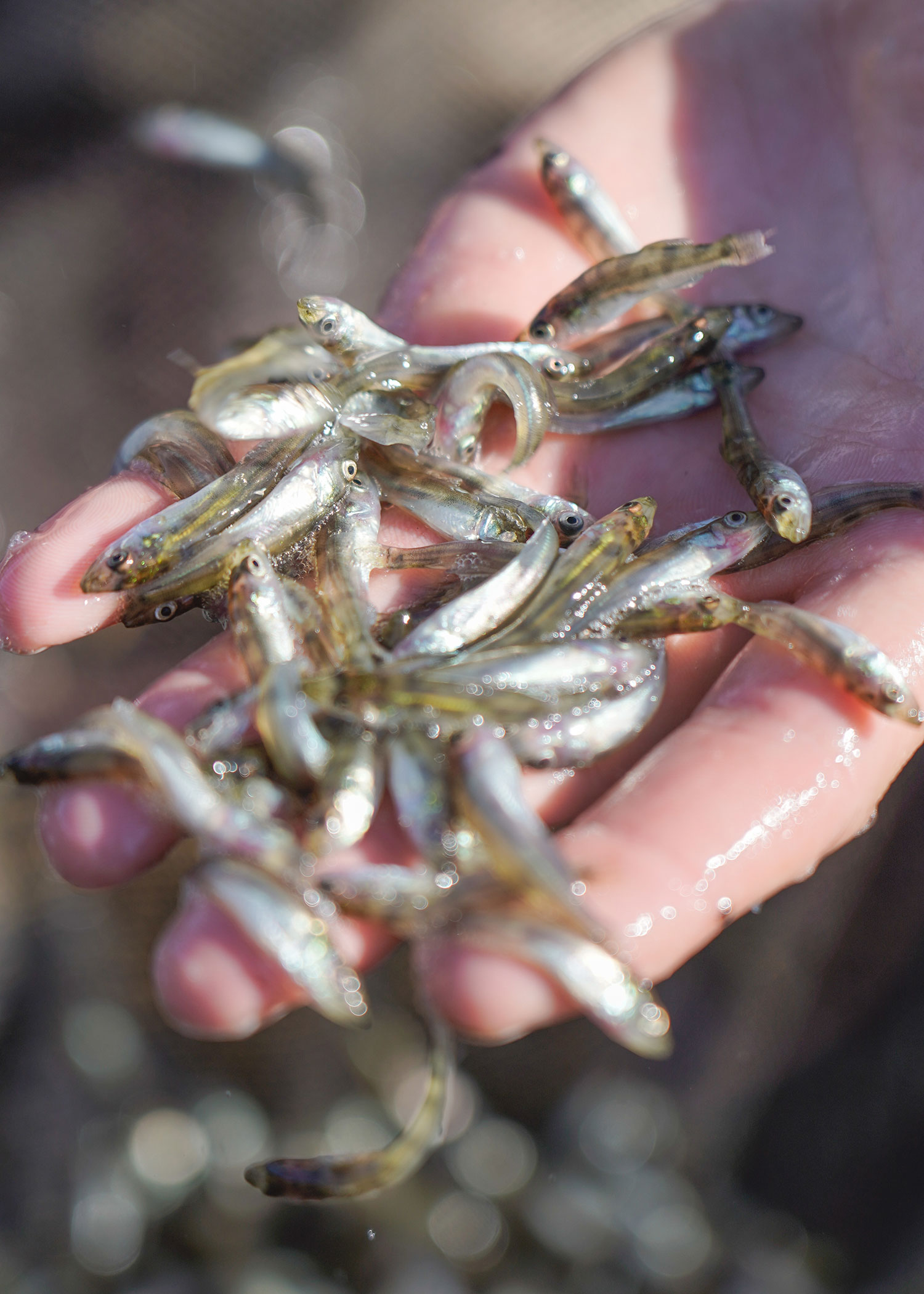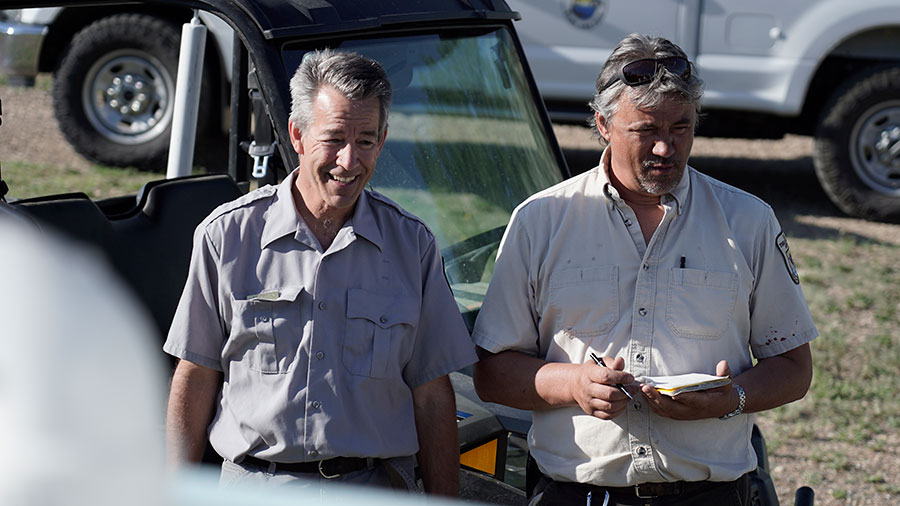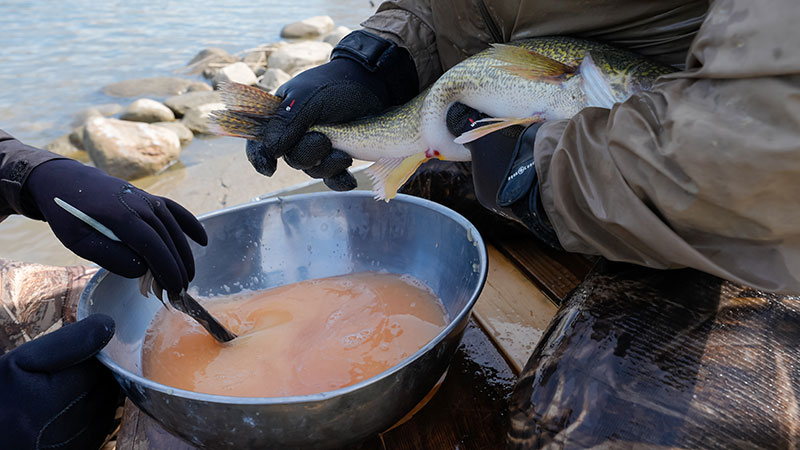Fingerlings in the Millions
Ron Wilson

Let’s start with some numbers.
The working relationship between the North Dakota Game and Fish Department and Garrison Dam National Fish Hatchery reaches back more than 60 years.
In 2024, the hatchery produced a record of nearly 12 million walleye fingerlings that were released in about 180 lakes across the state.
In his 28 years of focusing his efforts on walleyes at Garrison Dam, Jerry Tishmack, U.S.
Fish and Wildlife Service fisheries biologist, has raised about 245 million fingerlings, which is equal to 40-plus tons.
Some perspective.
During Tishmack’s tenure, more walleye fingerlings have been raised and shipped out of the hatchery near Riverdale than any state or province in North America.
While there is some natural reproduction going on in North Dakota waters, you could speculate that maybe half of the walleyes caught by anglers over time originated in the hatchery, further solidifying its significance to meeting the expectations of walleye anglers across the state and beyond.
“Even if you were to say half — half that are naturally produced and half came from the hatchery — that’s still a crazy contribution from this hatchery,” said Jerry Weigel, Department production/development section supervisor, who, along with other Game and Fish personnel, have for years driven about 1,000 miles for every million fingerlings stocked.
“The other thing is the overwhelming majority of the 200-300 new lakes that we’ve added over the last several decades didn’t have fish in them.
So, if it wasn’t for the hatchery and the ability to stock and get some fish established, there wouldn’t be any walleyes in those lakes.”

Jerry Weigel (left), Game and Fish Department, and Jerry Tishmack, U.S. Fish and Wildlife Service, watch as walleye fingerlings are emptied into stocking tanks readied for transport.
Tishmack, a Raleigh, N.D. native, started at Garrison Dam in 1992 after spending a few years as a Game and Fish Department fisheries technician in Devils Lake.
“Jerry took over all pond production in 1996 and for many of those years he was the sole person in charge of filling, stocking, fertilizing and draining all 64 ponds,” Weigel said.
“As the growth of fishing waters occurred across North Dakota, so did the demand for more walleye fingerlings.
Each year a new record would be set at 10 million fingerlings, then 11 million … the bar to ask for more kept increasing.
So, our survival is increasing,” Tishmack said.
“Is it because we’re learning? Is it because of the liners? I’m not so sure about that, because the liners don’t make better survival, they make healthier, larger fish.
I don’t think that’s contributing to our survival increase.
Considering we had 70% survival this year, it’s going to be tough to beat that.”
Knowing that 180 waters were stocked with walleye fingerlings this year alone, Tishmack understands the value that has across a state where walleye is king.
“Think about the economic impact of that.
In all reality, the money it does cost the government, federal and state, to raise these 12 million fish to stock in 180 lakes, the economic impact is so much greater,” he said.
It is the best of times,” he added.
“I’m not saying this is as good as it gets.
It could still continue to get better, but it’s pretty darn amazing.
A big part of it starts right here at the hatchery.”


